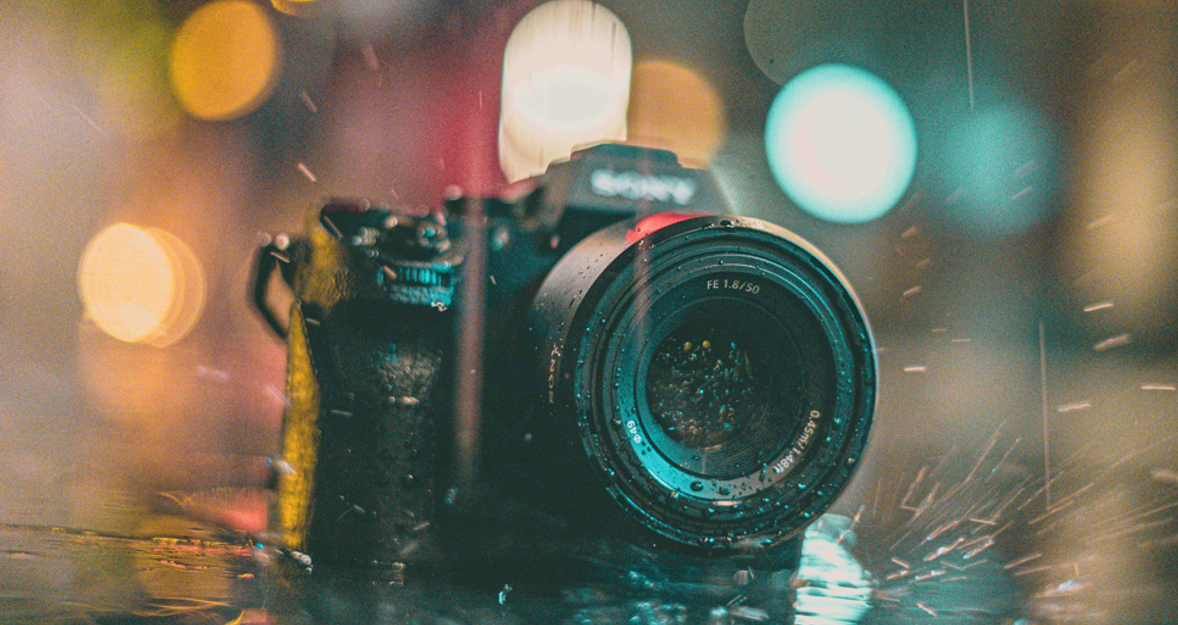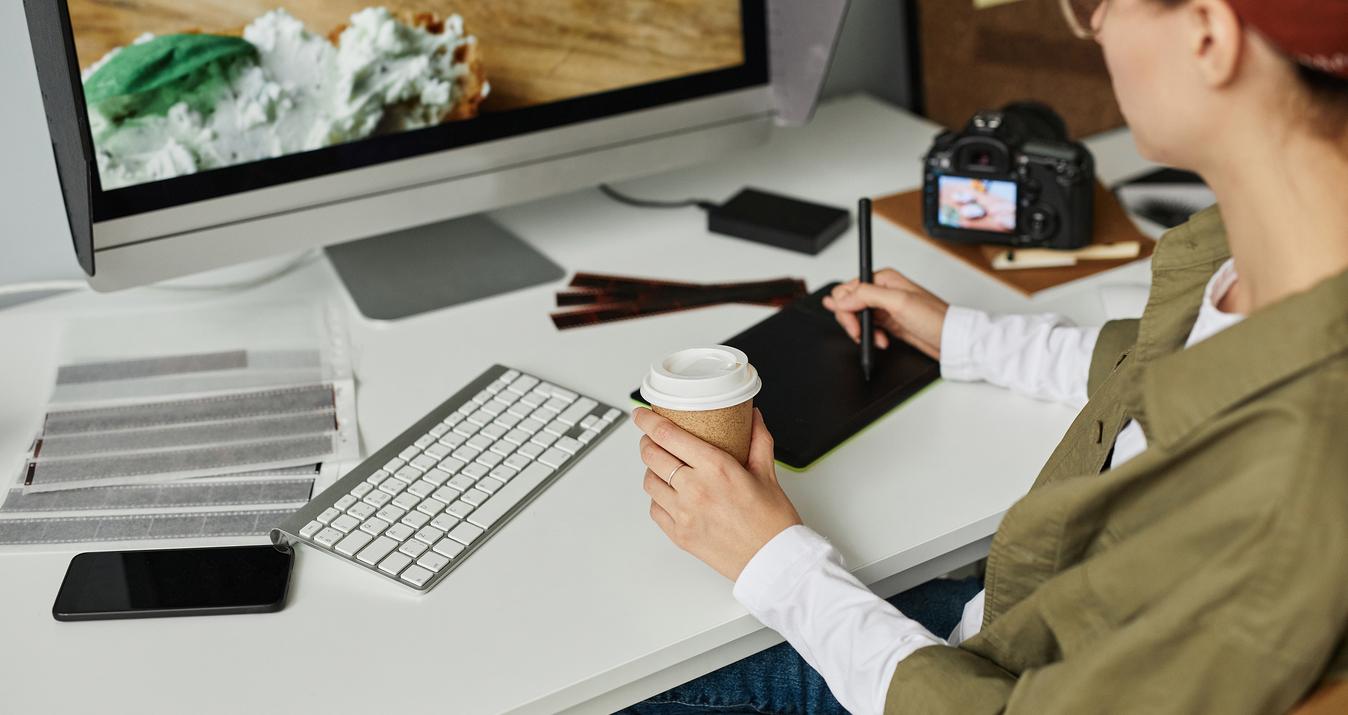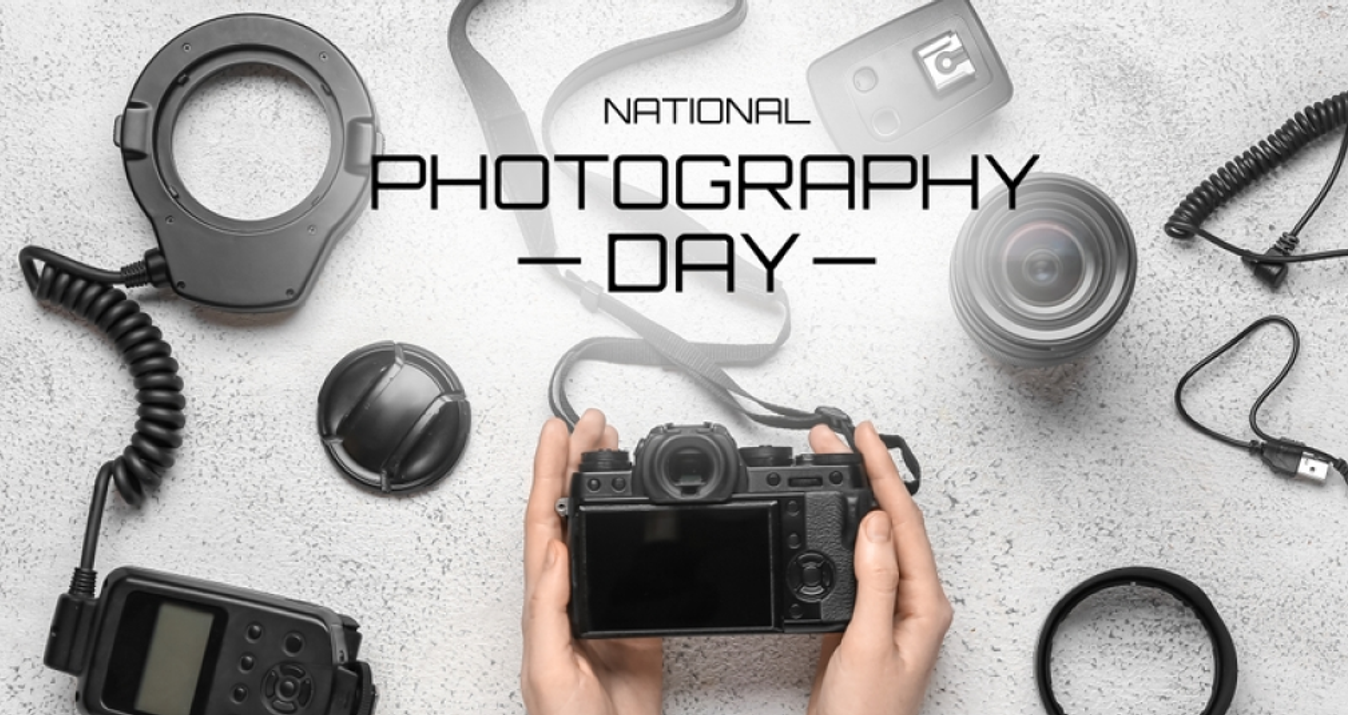Best Waterproof Camera: Find Your Perfect Companion
February 11, 2025

Looking for the best water-resistant cameras? Professional landscape photographer Jakub Bors shares top-rated options, key features, and expert tips to help you find the perfect camera for you!
A waterproof camera is an excellent investment for any photographer interested in capturing images in harsh conditions without worrying about damage and repair costs. In this blog, I will give you tips on finding the top waterproof camera for your needs.
Why Choose a Waterproof Camera?
Waterproof cameras are built to endure extreme conditions, including water, dust, and shock. Their durable design ensures that the camera can last longer than standard cameras and therefore offer a better value over time.
Additionally, waterproof cameras are designed to be versatile and will perform well in various environments such as the beach, pool, heavy rain, and snow. Therefore, you will have access to more photography opportunities, such as underwater photography, which would not be possible with a standard camera.
To finish, a waterproof camera will bring you peace of mind as its durability will ensure that your photos are well-protected. Owning a waterproof camera means you can focus on enjoying your activities without constantly worrying about protecting your equipment.
You may also like: Best Action Camera Protector: Way To Prevent Any Damages
Understanding Waterproof Depth Rating
 Depth ratings on waterproof cameras indicate how deep the camera can be submerged in water without being damaged. There are five depth ratings for waterproof cameras:
Depth ratings on waterproof cameras indicate how deep the camera can be submerged in water without being damaged. There are five depth ratings for waterproof cameras:
Water-Resistant (Up to 1 Meter / 3 Feet): Cameras with this rating can handle splashes, rain, or brief submersion in shallow water.
Waterproof (1-3 Meters / 3-10 Feet): These cameras can be used in shallow water, such as swimming pools or wading in a river. They can handle being submerged for a limited time.
Advanced Waterproof (3-10 Meters / 10-33 Feet): Cameras with this rating can be used for more extensive underwater activities, including snorkelling and shallow dives.
Deep Waterproof (10-30 Meters / 33-100 Feet): Suitable for diving and underwater adventures at greater depths. These cameras are built to withstand pressure and can capture clear images in deeper waters.
Professional Waterproof (30+ Meters / 100+ Feet): Designed for deep-sea diving and professional underwater photography. These cameras can handle significant water pressure and are used for advanced diving expeditions.
Perfect Your Images with the Water Enhancer Tool
Try it nowOther Key Features to Look For
When choosing a waterproof camera, depth rating is just one factor to consider. To ensure you get the best performance for your needs, it's important to look at additional features that can enhance your underwater photography experience. That's what I recommend you pay extra attention to:
Image Quality: High-resolution sensor, good low-light performance, image stabilization, and accurate color reproduction.
Durability: Shockproof, freezeproof, and dustproof capabilities.
Portability and Design: Compact size and ergonomic design for easy handling.
Battery Life: Longevity for extended use in remote locations.
Additional Features: GPS, Wi-Fi connectivity, and built-in editing tools.
You may also like: The Ultimate Wave-Catcher: Best Camera For Surf Photography
Top-Rated Waterproof Cameras of 2025
1. OM System Tough TG-7
Best for сasual underwater photographers and travellers who want a reliable, easy-to-use camera for aquatic shots.
A rugged, compact camera designed for underwater photography and extreme conditions. It features a 12MP sensor, 25-100mm lens, and 4K/30p video recording. Waterproof to 15 meters, shockproof, and freezeproof.
Pros | Cons |
Durable and compact design. | Its 12MP sensor may not match the image quality of modern smartphones. |
User-friendly interface with physical controls. | Due to file size constraints, 4K video recording is limited to 29 minutes. |
Dedicated underwater shooting modes. |
2. GoPro Hero 13 Black
Best for adventurers and content creators requiring high-quality footage in various environments.
An advanced action camera offering 5.3K video at 60fps and 23MP photos. It features HyperSmooth 5.0 stabilization, 33ft waterproofing, and a front-facing display.
Pros | Cons |
High-resolution video and photo capabilities. | Higher price point. |
Excellent image stabilization. | Shorter battery life during high-resolution recording. |
Versatile mounting options and accessories. |
3. Insta360 Go 3S
Best for vloggers and travellers who want a compact and easy-to-use camera for everyday captures.
A compact action camera capable of 4K video and 2.7K at 100fps. It features magnetic mounting, voice control, and waterproofing up to 16ft.
Pros | Cons |
Ultra-portable and lightweight. | Limited waterproofing depth. |
Versatile mounting options. | Its smaller sensor size may affect low-light performance. |
User-friendly app with AI editing features. |
Perfect Your Images with the Water Enhancer Tool
Try it now4. Akaso EK7000
Best for casual users and beginners looking for an affordable option for snorkelling and light water activities.
An affordable action camera offering 4K video at 30fps and 20MP photos. It includes a waterproof case, 170-degree wide-angle lens, and Wi-Fi connectivity.
Pros | Cons |
Budget-friendly. | Limited to 4K at 30fps; lacks higher frame rate options. |
It includes a comprehensive accessory bundle. | Shorter battery life compared to higher-end models. |
Suitable for casual underwater activities. |
Maintenance Tips for Using a Waterproof Camera
 Maintaining a waterproof camera properly is essential to ensure its longevity, performance, and reliability.
Maintaining a waterproof camera properly is essential to ensure its longevity, performance, and reliability.
Clean After Each Use: It is recommended to rinse the camera with fresh water to remove salt, sand, and dirt. Use a soft cloth or microfiber towel to wipe the camera clean and avoid using harsh chemicals, which can damage the camera's exterior or lens.
Check the Seals and Gaskets: Regularly inspect the rubber seals and gaskets around the camera's battery compartment, memory card slot, and lens area. Clean the seals with a soft, damp cloth and ensure they are dry before sealing the camera.
Dry Thoroughly: After rinsing the camera, let it air dry completely, especially in areas like the battery compartment. Store the camera in a dry, well-ventilated area until it is thoroughly dried out. Avoid storing it in a damp bag or case.
Use Desiccants for Storage: Place a silica gel desiccant or moisture-absorbing packet inside your camera bag or case. This helps absorb any moisture and prevent condensation from forming inside the camera.
Inspect the Waterproof Housing (if applicable): Check the housing for any cracks, scratches, or broken parts. Ensure the housing seals tightly and is free from dirt or debris that could interfere with its performance. Replace the housing if it shows signs of damage.
Store Properly: When not in use, store your waterproof camera in a dry, cool place. Avoid leaving it in direct sunlight, high humidity, or extreme heat (such as in a car).
Perfect Your Images with the Water Enhancer Tool
Try it nowThe Bottom Line
 A waterproof camera is a great investment for photographers who want to capture stunning images in harsh environments without worrying about damaging their gear. By considering features like depth rating, image quality, and design, you can find the perfect waterproof camera for your needs. Remember to maintain your camera properly to keep it performing at its best for years to come.
A waterproof camera is a great investment for photographers who want to capture stunning images in harsh environments without worrying about damaging their gear. By considering features like depth rating, image quality, and design, you can find the perfect waterproof camera for your needs. Remember to maintain your camera properly to keep it performing at its best for years to come.
FAQ
Can waterproof cameras be used in saltwater?
Many waterproof cameras can be used in saltwater up to a certain depth. However, saltwater is more corrosive than freshwater, so it's crucial to clean the camera thoroughly after each use in saltwater. For cameras that don't have built-in waterproofing or for deeper depths, using a waterproof housing or case will provide added protection against saltwater.
How do I know if my camera is truly waterproof?
The most reliable way to know if your camera is waterproof is to check the manufacturer's specifications and features. Waterproof cameras will have a clear indication of their water resistance, usually listed with a specific depth rating and time limit for immersion. Some cameras may have an IP rating (e.g., IP68 or IPX8), which indicates its resistance to both water and dust. The first number (before the "X") represents dust protection, and the second number (after the "X") represents water resistance. Higher numbers, like 7 or 8, typically indicate that the camera can withstand more significant water exposure.
What's the difference between waterproof and water-resistant?
The terms "waterproof" and "water-resistant" refer to different levels of protection against water. A waterproof camera can handle immersion in water, such as being submerged underwater for long periods without any leakage or damage. A Water-resistant camera can handle rain, splashes, or light water exposure, but they are not suitable for extended immersion in water.





